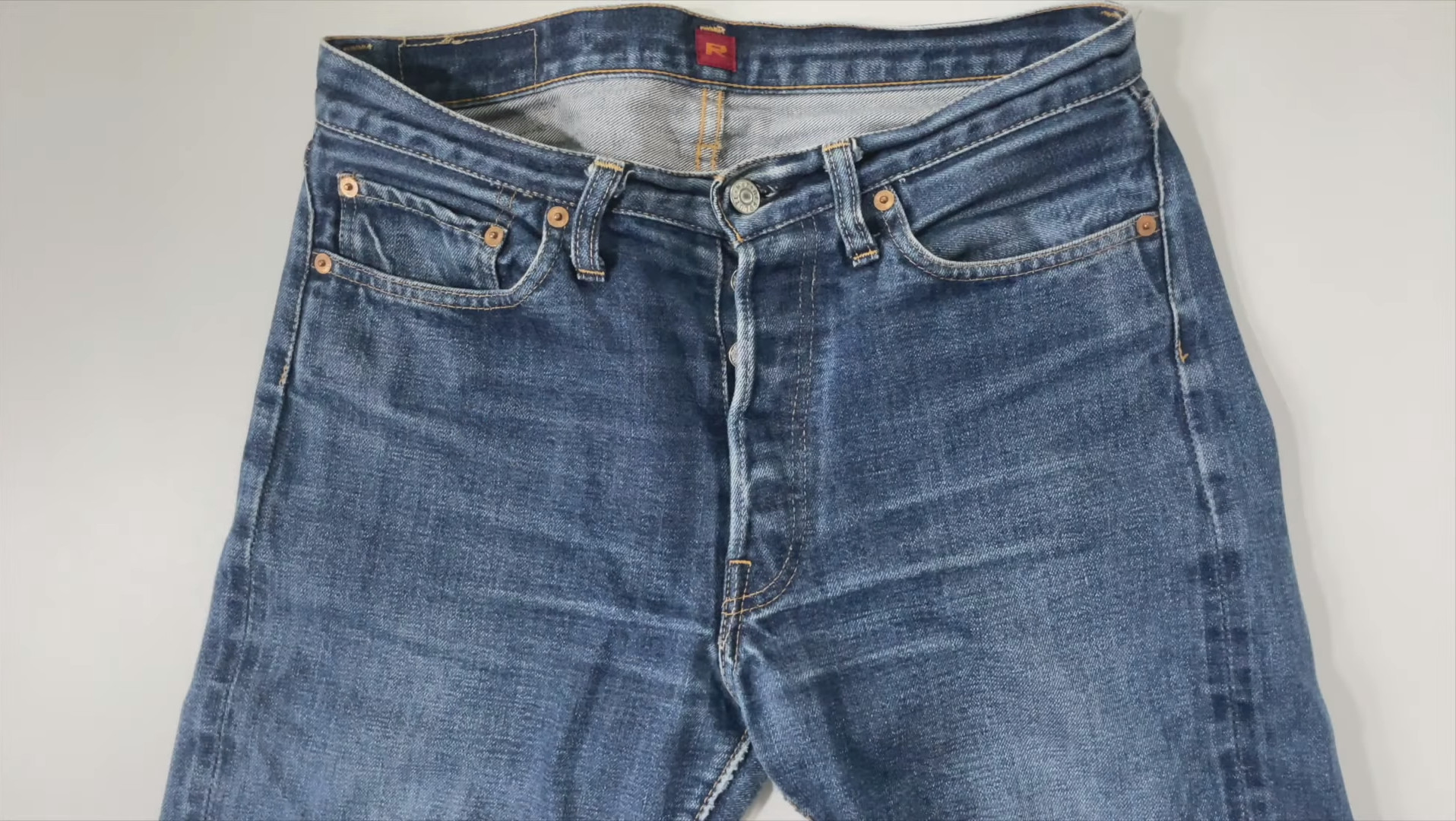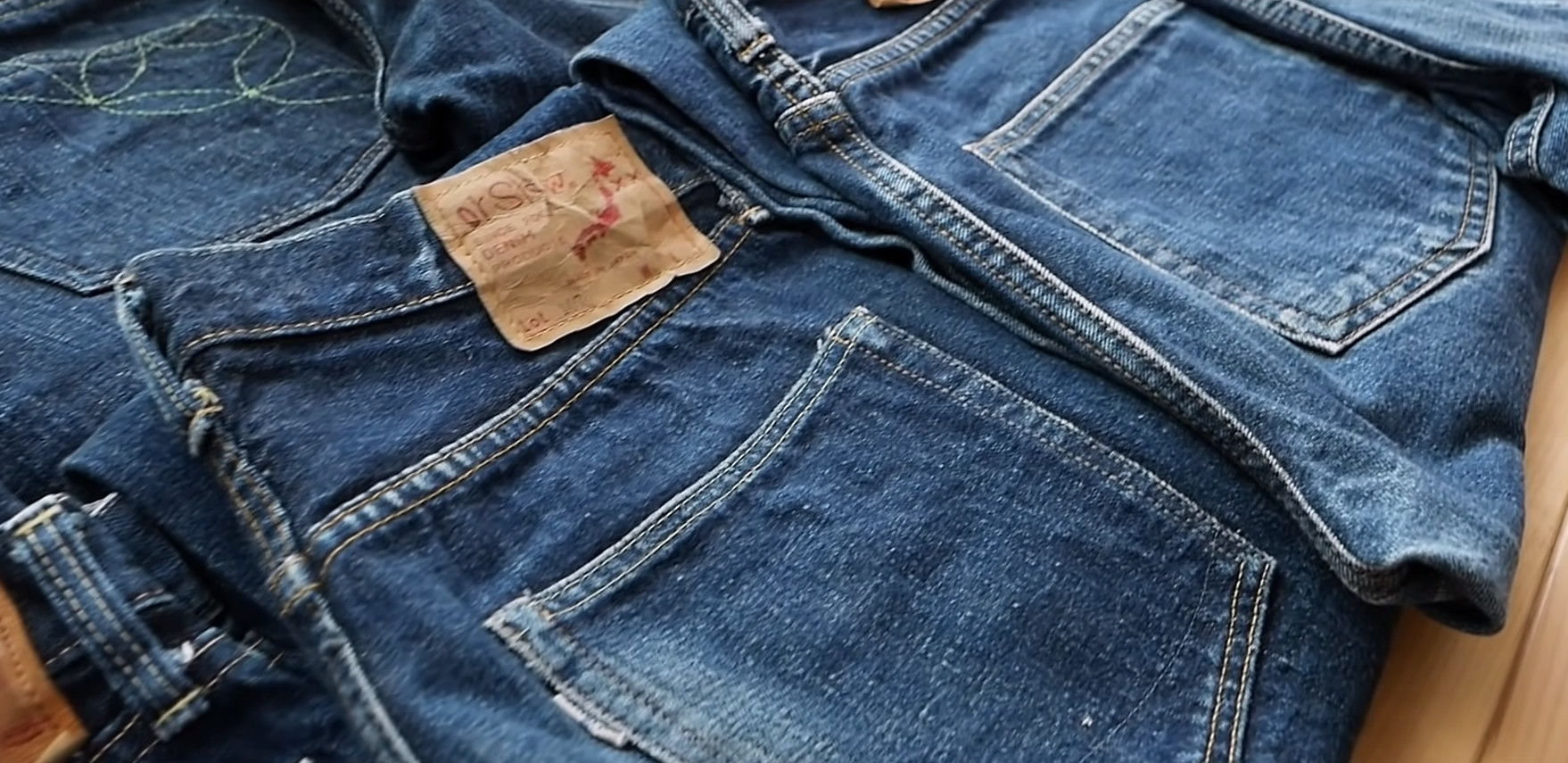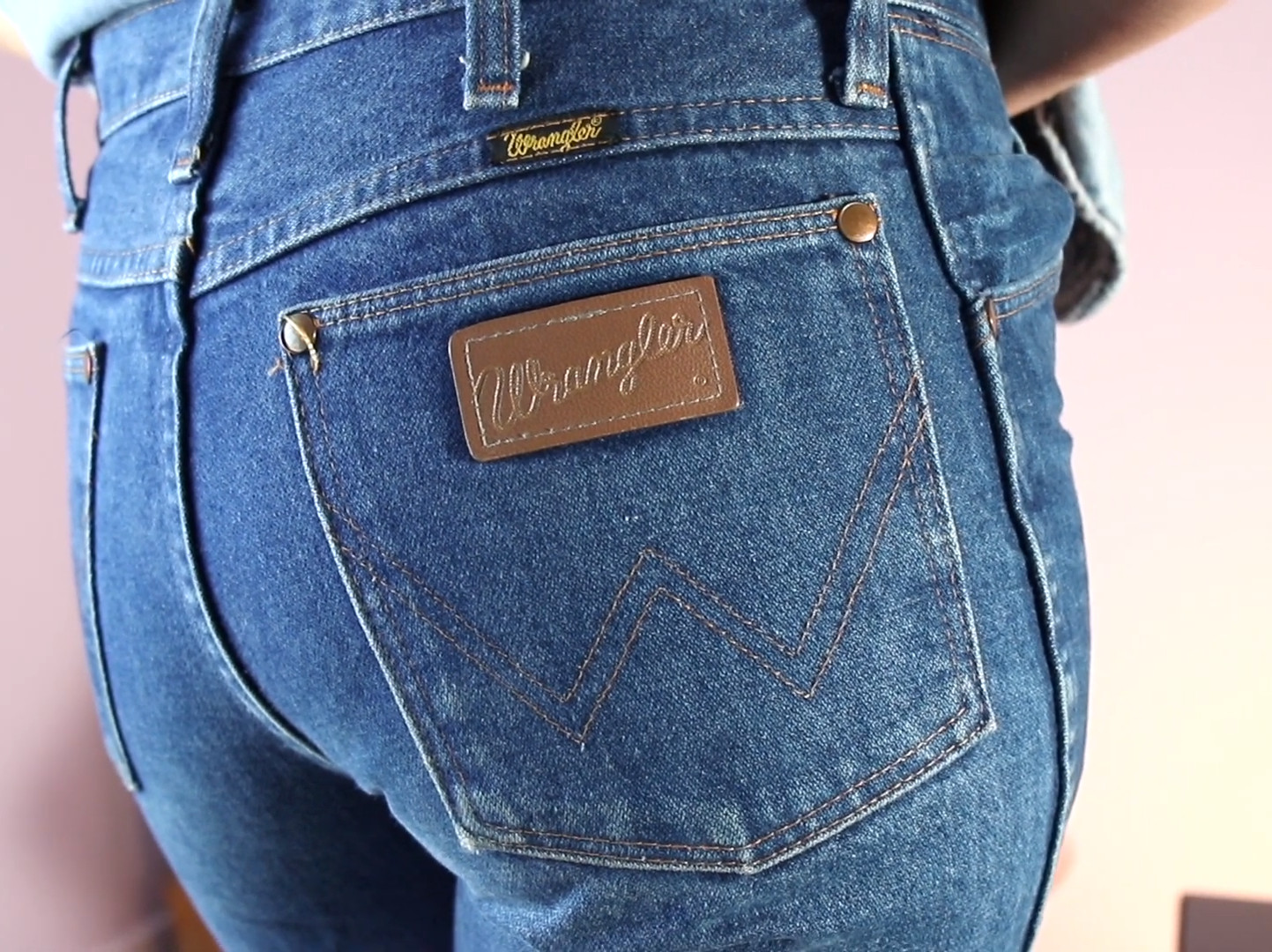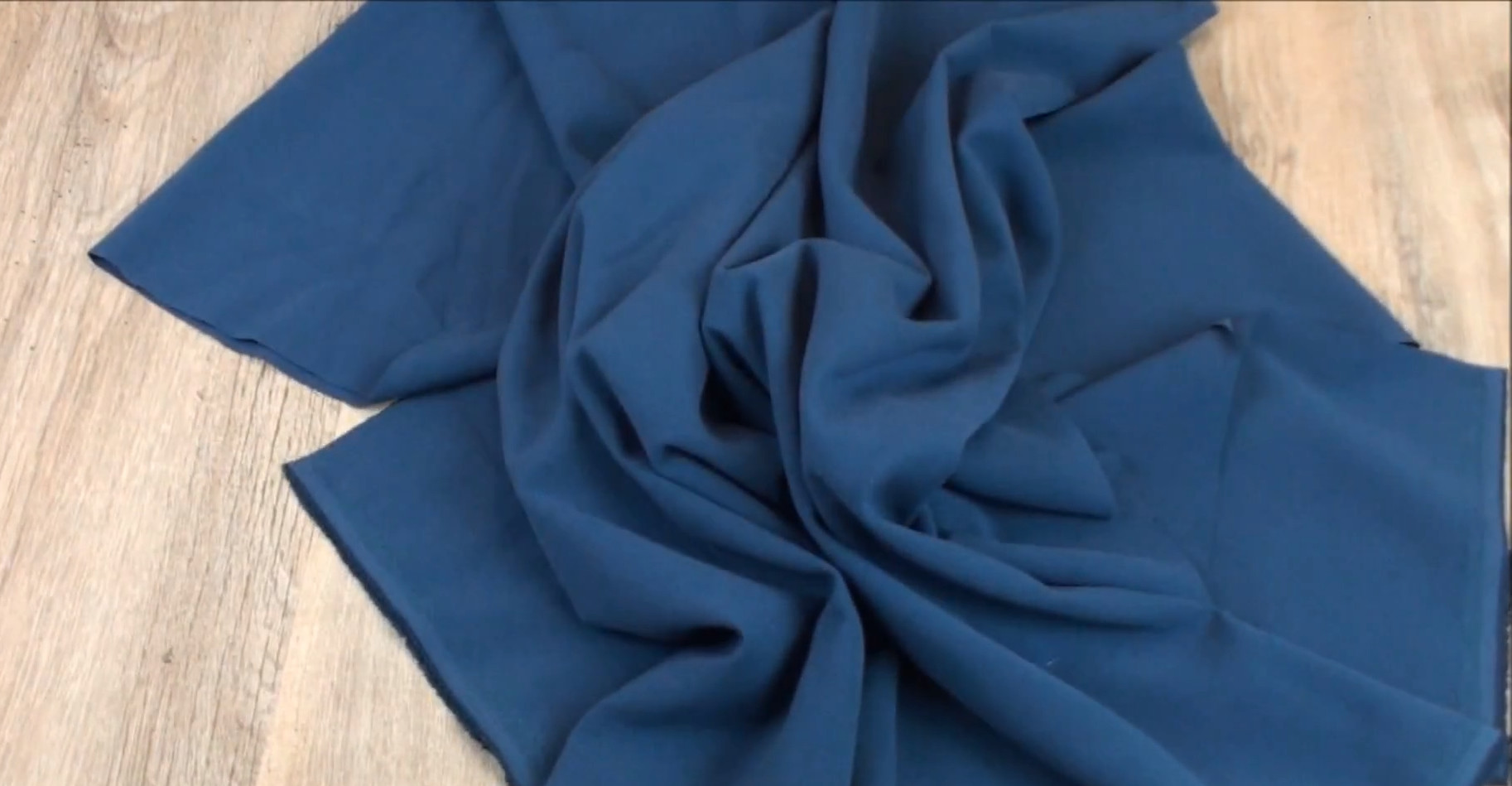How much does a Pair of Jeans weigh?
Most newly purchased jeans come with a tag that indicates their weight. The fact is that the weight mentioned in this tag is usually lighter than the actual weight of the jeans.
Why is there this difference? How much does a pair of jeans weigh? Let’s clear these queries with valuable information here.
Table of Contents
How Much Does a Pair of Jeans Weigh?

Denim jeans are available in three weight categories:
- Less than 12 ounces: Lightweight jeans
- From 12 to 15 ounces: Midweight jeans
- 16 ounces and over: Heavyweight jeans
The weight mentioned in the jeans’ tag refers to the weight of the denim fabric they contain, not the weight of the jeans. It is what causes the difference.
The weight of all clothes depends on several things, and jeans are no exception.
Fabric option is one of the significant contributing factors. For example, denim made from 100% cotton usually weighs more than synthetic alternatives.
The size of jeans also affects their weight. Adult jeans, especially if they are made of a heavy fabric like denim, often weigh more than jeans for toddlers. The reason is that adult clothes are larger and contain more material.
The thickness of the material and thread count utilized to make the jeans also alter their weight. For example, a heavier weave will lead to heavier jeans.
There is no denying that the number of pockets can also make a difference. The more pockets your jeans have, the heavier they are. Zippers, rivets, and the number of seams will also impact the overall weight.
Related: Expand the Waistband of Your Jeans without a Sewing Machine
Jeans Weight by Weight Categories

As mentioned above, the weight mentioned on the price tag is the weight of the denim used to make jeans instead of jeans.
Denim is divided into three weight classifications: Lightweight, mid-weight or medium, and heavyweight. Each category has a different weave and thread count, increasing as the fabric gets sustained.
The lightweight category is the softest and most flexible option, making it more effortless to break in and more comfortable to wear. Heavyweight denim is the most durable, toughest, and hardest option to wear.
| Lightweight | Mediumweight | Heavyweight |
| < 12 oz | From 12 to 15 oz | > 16 oz |
Jeans Weight by Brand
The weight of jeans, or the weight of the denim used to make jeans, can vary depending on the brand. To clarify, we have checked some models from four of the most famous brands in the world of denim jeans.
Remember that we only researched based on a small selection of products available from these companies. So it is not a reflection of all models available from any brand.
You should not also consider it an exact list of weights used by the entire jeans industry. To get a specific weight, you should check the label on your chosen jeans or ask the salesperson.
| Brand | Women’s Jeans | Men’s Jeans |
| Gap | – Not give ounces per square yard – Described by style and fit. | – Range from 10.5 to 12.5 ounces per square yard. |
| Lee | – Not give ounces per square yard – Described by style and fit. | – Not give ounces per square yard – Described as heavyweight or mid. |
| Wrangler | Range from 10 to 11 ounces per square yard. | – Averages about 12.5 ounces per square yard. |
| Levi’s | – Not give ounces per square yard – Described by style and fit. | – Range from 10.5 to 12.5 ounces per square yard. |
When researching, we noticed there are differences between how jeans are marketed. Specifically, men’s jeans usually state the weight of the denim used, while women’s jeans focus more on the fit and stretch content.
Almost no brands specifically mention the actual weight of their jeans for either women or men. So if you want to know how heavy your denim garment is, you may have to weigh it at your home.
How To Weigh Your Jeans?
Kitchen Scales
This way is handy when weighing jeans. Some have several weight measurement options, letting you weigh your jeans in grams (g) or pounds (lbs).
Step 1: Let’s start by rolling your jeans up to make them small enough to fit on your scales.
Step 2: Pick the weight unit and ensure your scales are set to zero.
Step 3: Place your jeans on the scales and watch the weight it shows.
Bathroom Scales
Bathroom scales perform a little differently from kitchen ones. They do not tend to be sensitive or feature as many measurement options as kitchen scales. Therefore, the way you weigh your jeans will also be a little different.
Step 1: You must wear nothing but your underwear and stand on the calibrated bathroom scales. Then take note of the weight.
Sep 2: Stand on your scales wearing your underwear and a pair of jeans. Again, take note of the measurement.
Step 3: Subtracting the pre-jeans weight from the of your with-jeans. Then you will have the weight of your jeans.
Related: Is Sewing hard to Learn?
FAQs
Are Men’s Jeans Heavier Than Women’s Jeans?

Men’s jeans may weigh more than ones for women, but it’s not definitely the case. Many jeans are currently unisex, making the question a little moot.
The amount of denim used to make women’s jeans is usually much less than in men’s ones, making her jeans lighter. Moreover, women’s jeans are smaller.
The weight of a pair of jeans usually depends on the size, style, and fiber content instead of gender specifics. In addition, women’s jeans also tend to be smaller.
Nonstretch Denim And Stretch Denim: Is There a Weight Difference?
If you are comparing stretch denim and nonstretch denim, the chances are they will weigh the same. Sometimes nonstretch 100% cotton denim is heavier than a stretch version.
A weight difference between stretch and nonstretch denim ultimately comes down to the jeans’ fabric content and style.
But you still have to consider some other factors, such as the number of pockets, the rivets, and the size of the zipper.
Are Pockets a Factor in How Much Jeans Weigh?

Yes, pockets can affect the overall weight of your jeans as they use extra fabric. This material is lightweight fabric or cotton, but it still adds weight to your jeans.
These pockets often have rivets, usually made from metal, to reinforce them. The number of rivets will also increase the overall weight of the jeans.
Men’s pockets are often functional, so they tend to be larger. Meanwhile, women’s pockets are a lot smaller. Many pockets for women are not real pockets but purely decorative instead.
The Bottom Line
All in all, the weight of jeans is divided into three categories: Lightweight, midweight, and heavyweight.
A pair of jeans can be significantly heavier than the weight listed on the tag, which refers to the weight of the denim fabric used to make them.
Jeans’ weight is typically based on some factors, including the amount of fabric, size, embellishments, the type of denim used, fit, and more.
Thanks for your time!


